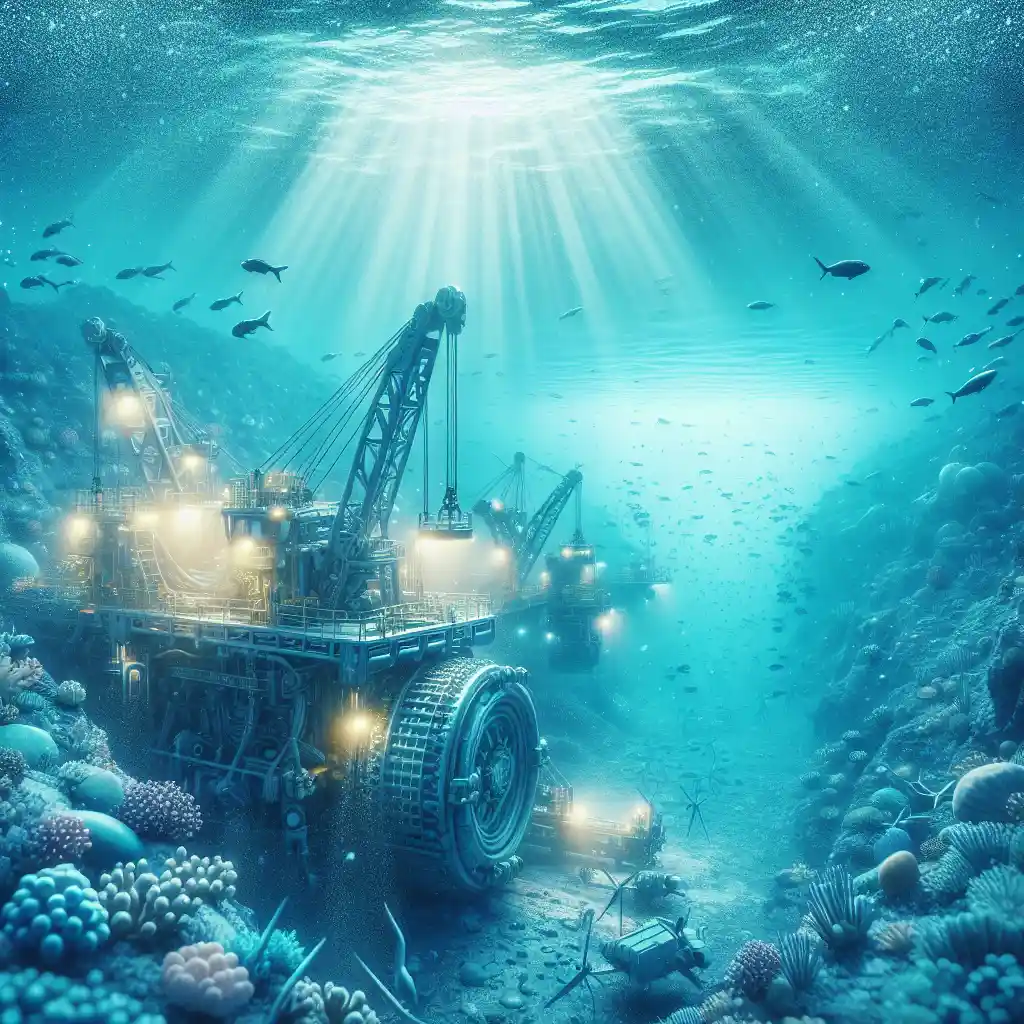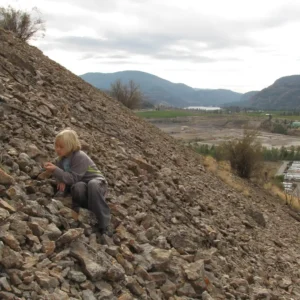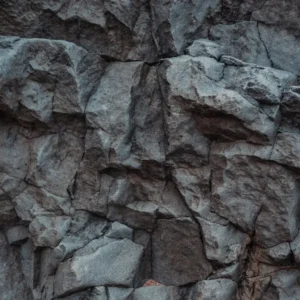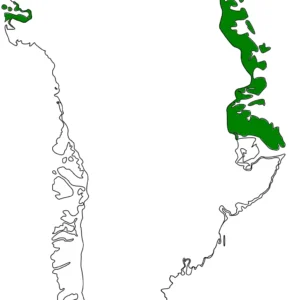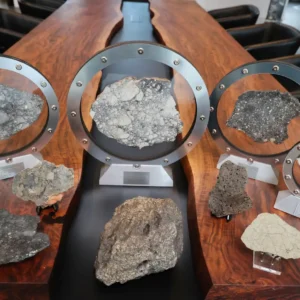The burgeoning field of subsea mining, particularly off the shores of Norway, is drawing significant attention for its potential to tap into the vast wealth of marine minerals lying deep beneath the ocean’s surface. With projections suggesting an industry capable of generating $20 billion in annual revenue by 2050, the race is on to develop the necessary technology to make this vision a reality. The allure of marine minerals, including massive sulfides and manganese crusts, is not just their economic value but also their role in supporting the green transition, providing essential materials for solar panels, wind turbines, and electric vehicles.
However, the path to extracting these resources is fraught with challenges, from the technical difficulties of operating at extreme depths and cold temperatures to the pressing need to mitigate environmental impacts. The Norwegian government, recognizing the potential for a new and important industry, has begun the process of opening areas of its continental shelf for mineral activity, with impact and resource assessments currently underway.
Despite the enthusiasm, there are voices of caution, highlighting the need for a moratorium on deep-sea mining until its environmental impacts are fully understood. The deep sea is home to complex ecosystems that are still largely a mystery, and the potential for long-term and irreversible damage is a concern that cannot be ignored. Nevertheless, the exploration for marine minerals has been advancing, with regulations for exploration already established and exploitation regulations expected soon.
Companies are actively developing technologies to support mineral mining, from nodule collectors operating in the deep Pacific to innovative systems designed for the harsh conditions of the Norwegian Continental Shelf. The experience and technology developed in the oil and gas sector are proving valuable in addressing the unique challenges of subsea mining. Among these challenges are the need for continuous mining in deep waters, the transportation of ore to the surface, and the imperative to discharge only clean water back to the sea.
As the industry moves forward, the focus is not only on overcoming technical hurdles but also on ensuring that mining activities are environmentally sustainable. New approaches to exploration, such as riserless coiled tubing for core drilling and autonomous vehicles for mapping and sampling, are being developed. Additionally, the potential environmental impacts are being carefully considered, with technologies aimed at minimizing the footprint of mining activities on the deep-sea environment.
The journey towards commercial subsea mining is complex and filled with both opportunities and challenges. As Norway and other nations navigate these waters, the balance between economic development and environmental stewardship will be paramount. With careful planning, innovative technology, and a commitment to sustainability, subsea mining has the potential to contribute significantly to the world’s transition to a greener future.
